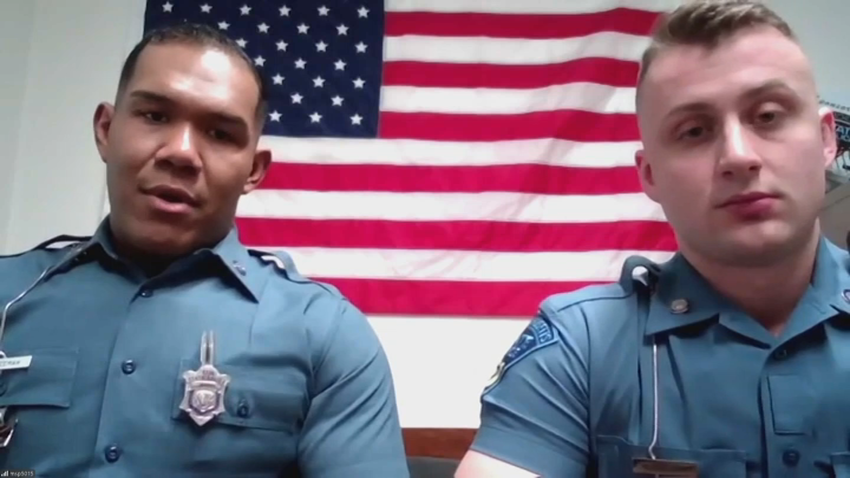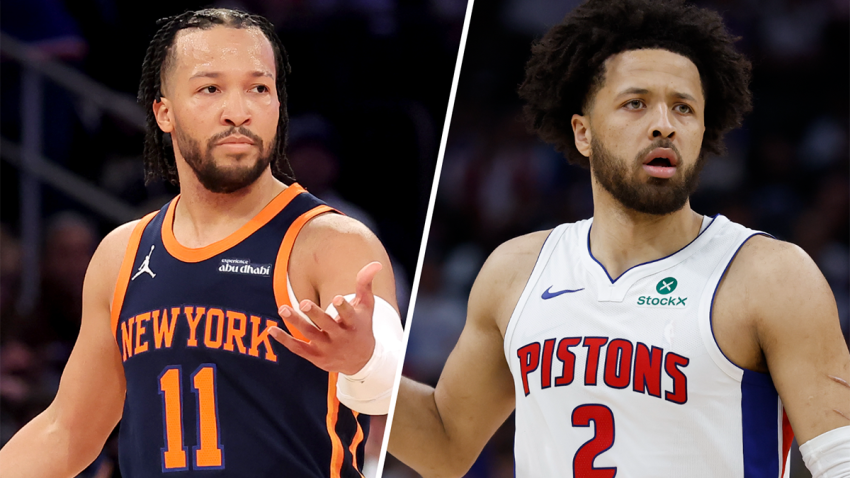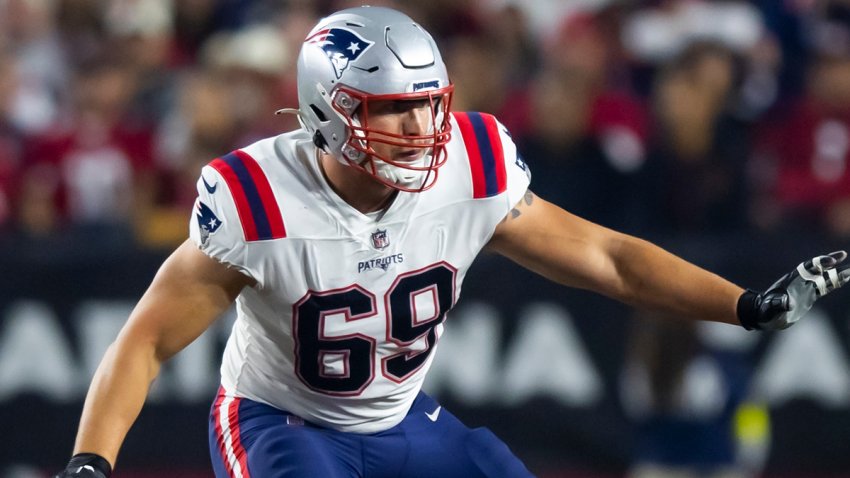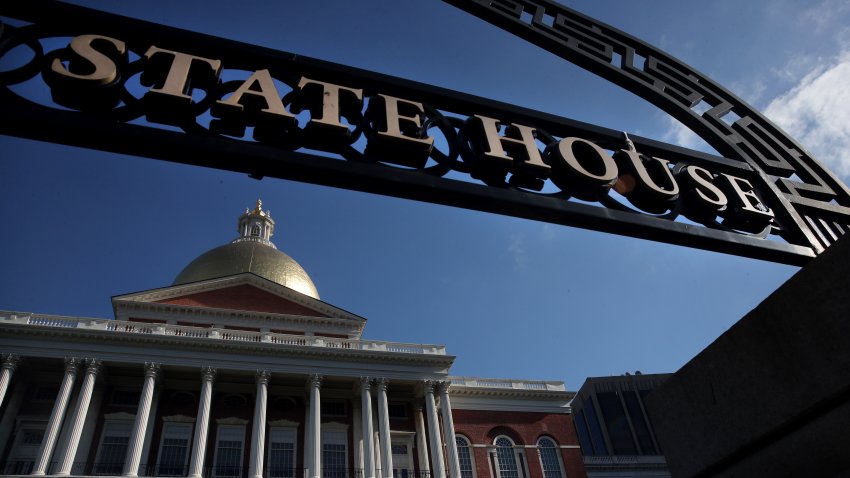

The Latest
-

How Diggs can make the largest impact on Drake Maye, Patriots in 2025
On the Next Pats Podcast, Phil Perry and Ty Dunne explain how Stefon Diggs can make a huge impact on the Patriots next season.
-

Celtics playoff schedule: Dates for Round 2 series vs. Knicks/Pistons
The Celtics’ full second-round schedule is set with dates for each game as they await the Knicks or Pistons in the NBA playoffs.
-

Breer: Belichick has become an NFL ‘punch line' amid interview saga
Albert Breer explains how the recently publicity surrounding Bill Belichick and Jordon Hudson has impacted the North Carolina coach’s image.
-

Tatum explains why Celtics' tough test vs. Magic was ‘exactly what we needed'
Overcoming a little adversity in Round 1 could benefit the Celtics the rest of the 2025 NBA playoffs.
-

Finding the best deals when shopping online
Consumers’ Checkbook suggests taking advantage of browser extensions and shopping sites to find promo codes or track prices while shopping online
-

More rain this weekend? Here's an early look at what to expect
Eight out of the last nine weekends have seen at least a trace of rain on either Saturday or Sunday — or both. That pattern looks to continue, with another unsettled weekend on tap for southern New England. In the meantime, we get a break. Wednesday and Thursday bring plenty of sunshine, with highs in the upper 60s to low…
-

Cape Cod man found shot to death behind high school in Taunton
The body of Stephan Myers of Falmouth, Massachusetts, was found in a construction area behind Bristol-Plymouth Regional Technical School
-

Celtics become first NBA team to achieve this incredible playoff feat
The Celtics staged a remarkable turnaround in the second half of Game 5 vs. the Magic and made NBA history in the process.
-

Driver dead in SUV's crash with MBTA train in Abington; foul play not suspected
A driver was found dead in her SUV after it was hit by an MBTA commuter train at a rail crossing in Abington, Massachusetts, on Wednesday, authorities said.
-

The eye-opening numbers behind Patriots' roster turnover under Vrabel
Mike Vrabel has taken a sledgehammer to the Patriots’ roster since taking over in January. Here’s a rundown of how much has changed in New England.
-

Man found dead in SUV pulled from canal in Lowell; foul play not suspected
A man was found dead in an SUV pulled from of the water of a canal in Lowell, Massachusetts, on Wednesday, officials said.
-

Tolls at the Cape Cod bridges? One town official says yes
Tolls on the Cape Cod bridges? That’s what one town official says he’d advocate for.









